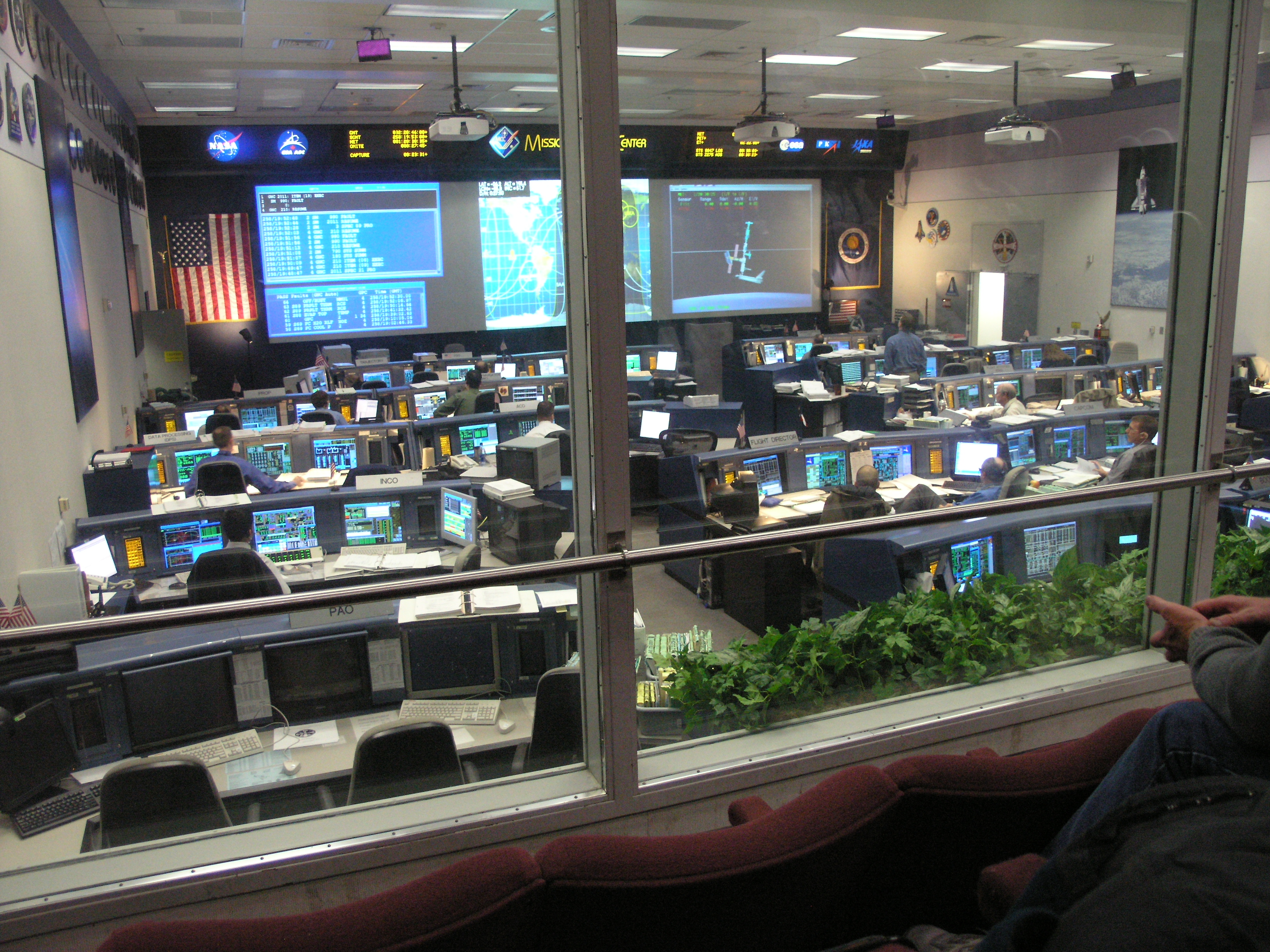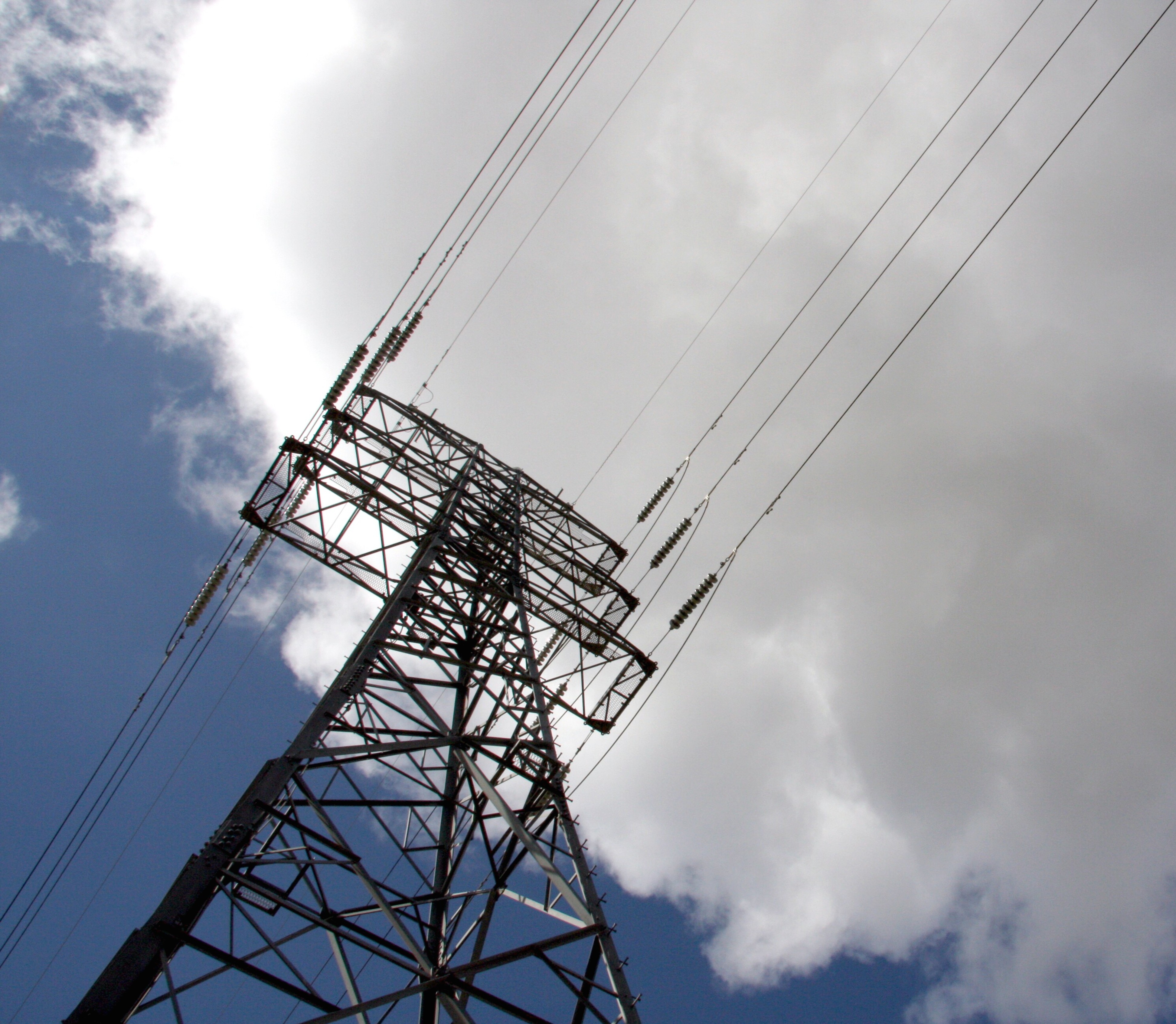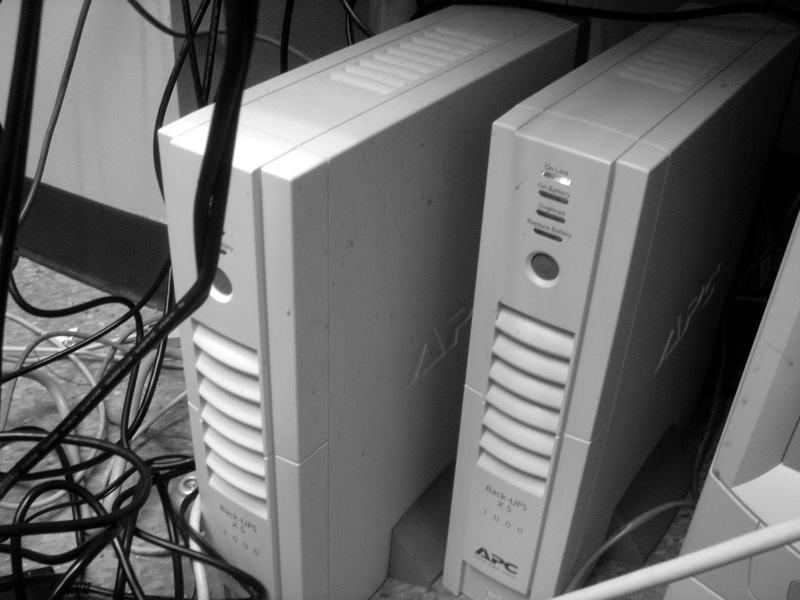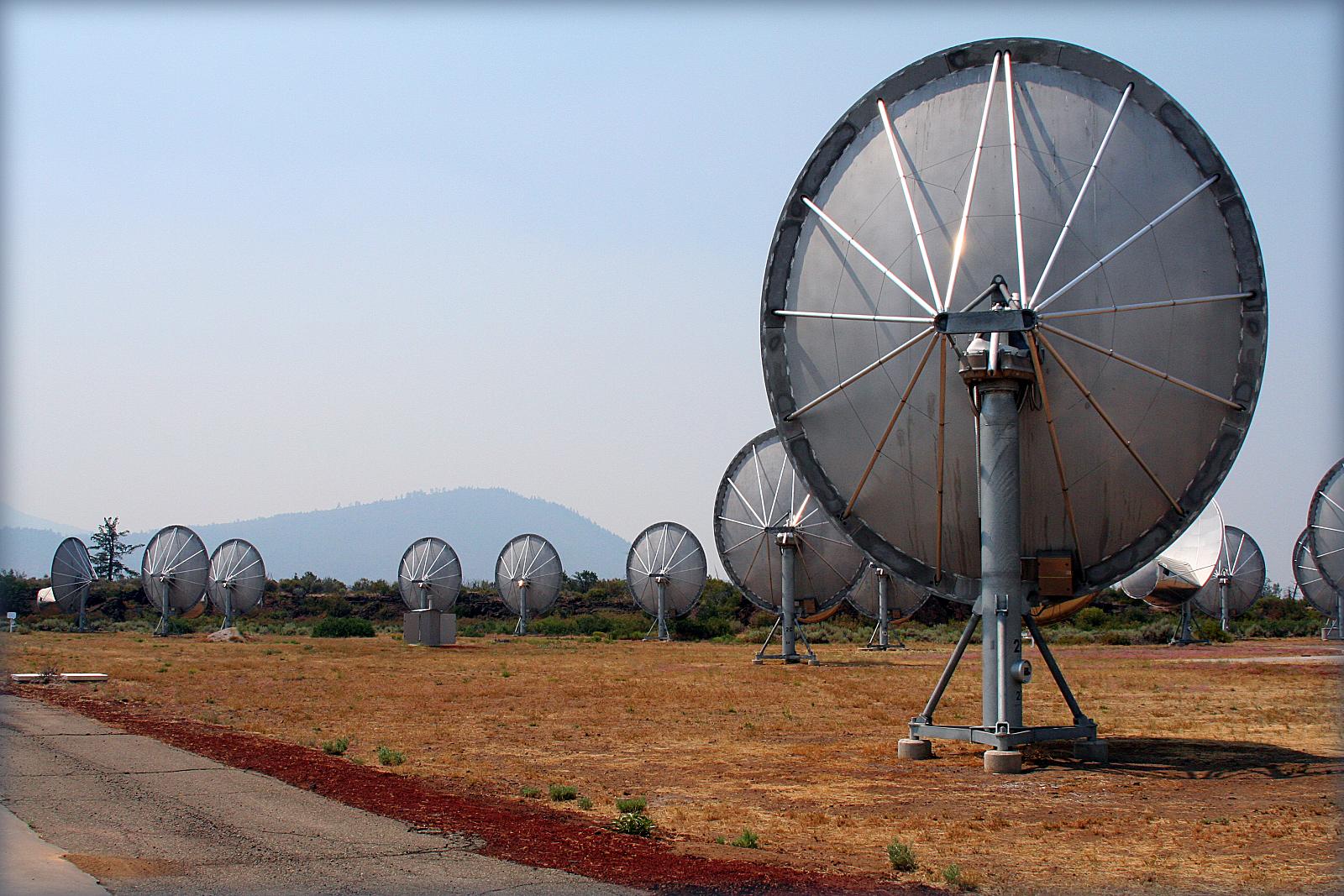--- Distributed systems ---
7.1.7
Compare a centrally controlled system with a distributed system.
Teaching Note:
Technical hardware details are not expected.
Sample Question:
sdfsdfsf
Marks Scheme
From Sample Paper 1 - 2014:
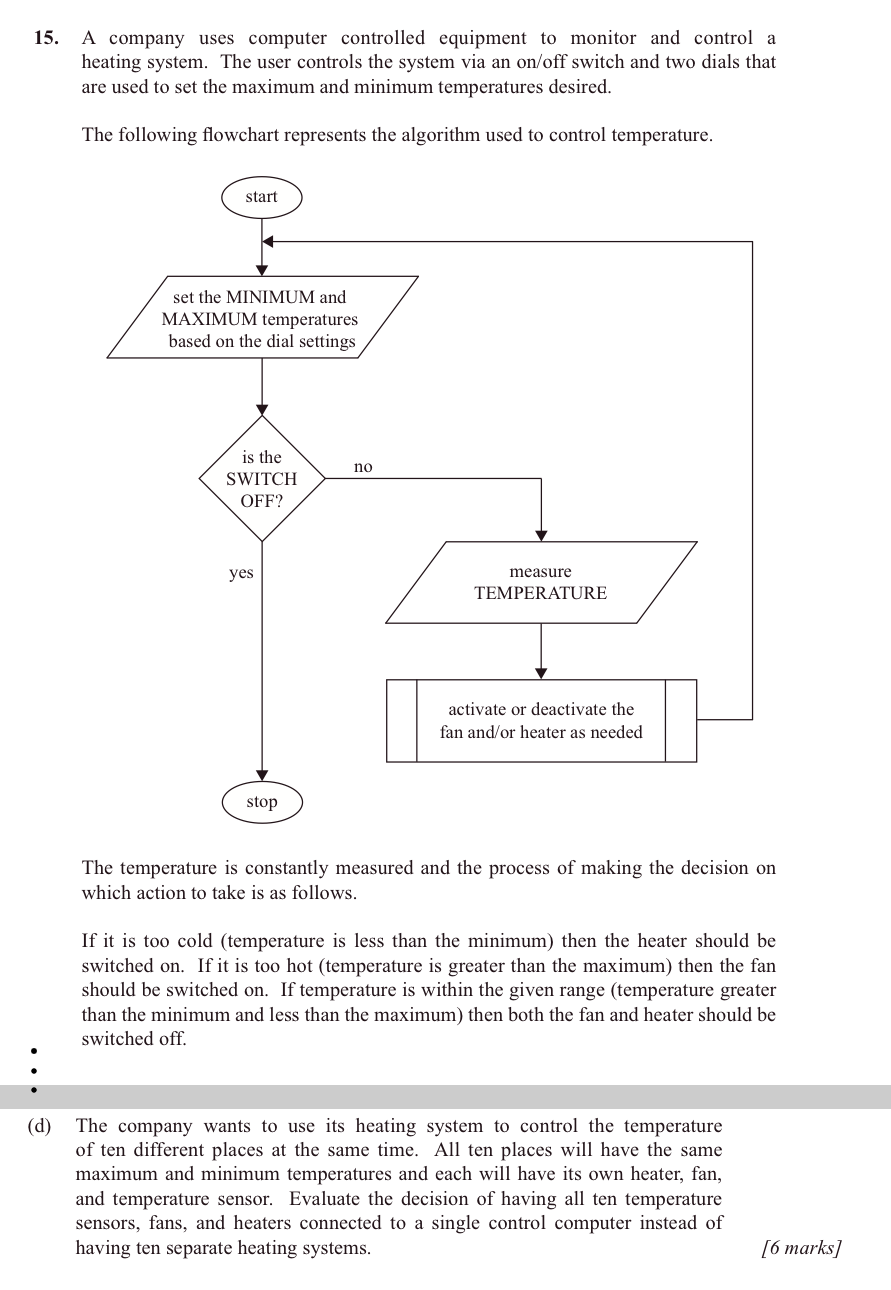
(Sample paper, so mark schemes:)
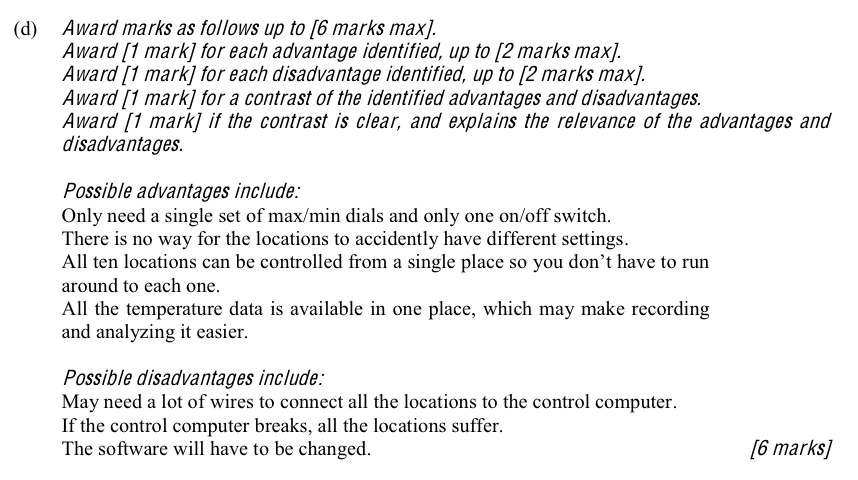
JSR Notes:
(Make sure to see just above, from the marking scheme of the IB sample paper 1 an "advantages/disadvantages" list for centralized vs. distributed control from , once you have a good idea of the difference between the two.)
"Centralized" vs. "Distributed"
In Topic 7, note that 7.1.1 - 7.1.6 was under the title "Centralized Control Systems", but really, various kinds of control are mixed in, and the focus on those first six assessment statemetns was control systems in general, not whether or not they were centralized or distributed.
And, now, 7.1.7 - 7.1.8 are under the title "Distributed Systems". And the focus becomes much more on the distinction between centralized, distributed, and autonomous systems.
Control systems are generally described as being cerntralized, distributed, or autonomous:
- centralized control systems - control of all other devices from one central device. Think of the AC of an office building being controlled by one centralized server; the individual rooms have no direct control.
- distributed control systems - control of various parts of the system is distributed among differnet microprocessors. Think of the AC at our school; each classroom has a controller for controlling the temperatures in the room.
- though note that there can be hybrid distribution control systems, both distributed and also centralized, for exmple an automotive assembly line:
- distributed control to each station's individual robot
- but also some centralized overall, for example, the ability to shut down the whole assembly line in case of emergency
- autonomous agents - each device looks entirely after itself, but for the greater good of the whole group, for example "flocking" Roombas
To distinguish between the three, in a given situation, a good approach is to ask "Who is in control?"
- a central figure/controller, controlling several locations?
- a figure/controller at each location?
- or the units themselves?
Introductory Example with all three kindsFirst of all an all-in-one great example from 2019 of the difference between centralized, distributed and autonomous agent systems: the air pollution cleaning efforts of Bangkok city in winter 2019:
- centralized: a centralized system of sensors and water canon across a wide area, all networked together and controlled by a command center to turn on the water where and when it is most effective for the city.
- distributed: individual buildings installing sensors and water canon to spray water when AQI readings get above a certain level
- autonmous agents: fleets of drones equipped with water sprayers are released into the Bangkok skies to go about their business on thier own, coming back when empty, and together contributing to the pollution cleanup effort
In terms of is it centralized or is it distributed? Just ask yourself, where's the (or where are the) processor(s)? There's just one? Well, that's centralized. Many? Distributed.And another trick is to ask yourself, is there a control room? If so, that's a centralized system.
AnalogyIf you are still having trouble getting your head around the difference between the three, there's a good analogy that may help. Consider governments, and the degree to which they either centralize or distribute their control.
Centralized government example 2021: China. The Communist Party of China controls the country centrally, from Beijing.
Distributed government example 2021: USA. The federal government controls certain aspects of American governance, but much of it is distributed to the states, for example, education, and COVID-19 regulations, to name just a couple.
Autonomous government example early 2000s: Somalia. Back then, there was no central government, only localized warlords who ruled on their own their own parts of the country.
In thinking about the "control" nature of these governments, ask yourself if local sensed data go all the way to the top, with decisions made using that data, and then control messages that must be heeded go back down? If so, that's centralized control.
And note that, as with IT control systems, it's not so much "is it" centralized/distributed/autonomous control, rather it's "how is it" centralized/distributed/autonomous control?
(By the way, the way schools are run can also be looked at in this light...)
Distributed Control Systems Defined (as found in WikiAudio ):
"A distributed control system (DCS) is a control system for a process or plant, wherein control elements are distributed throughout the system. This is in contrast to non-distributed, centralized systems, which use a single controller/server/mainframe at a central location. In a DCS, a hierarchy of controllers is connected by communications networks for command and monitoring."
DCS vs CCS & Autonomous Agents
The key here, compared to centralized and autonomous control systems is the hierarchical system. If there's no hierarchical system, then there's no distribution - either because one processor does all the control (CCS), or the agents do everything themselves (autonomous agents). So when it comes to DCS, you can ask yourself where are the processors and what do they do, and their should be an answer.
Example scenarios where a DCS might be used include:
- Chemical plants
- Nuclear power plants
- Environmental control systems
- Water management systems
- Pharmaceutical manufacturing
- Sugar refining plants
A large scale Distributed Control System (DCS) will often consist of:
-
Custom designed hardware and software for both controllers and the interconnections/buses between them.
-
The various controllers will receive input from instruments including a variety of bespoke (i.e. custom made) or standard analogue an digital sensors,
-
which send their output to likewise standard or customized "output instruments".
-
All of these control systems will be supervised and controlled by other controllers further on up the DCS hierarchy (see diagram).
A good example to keep in mind to envision an example of this is an automotive assembly line.
The Control Hierarchy & "Hybrid nature of 'Distributed' Systems"
With most DCS systems, you can identify tasks which are fully centrally controlled, and others which seem to be more distributed; but those, ultimately, are indeed some way controlled via the heirarchy, all the way up to the highest level.
In the example of a modern automotive assembly line, (see this video of the Kia assembly line) most of the spot welding will be done by robots most controlled by the individual controllers of the individual robots (distributed control). But those controllers are, in turn being supervised/controlled, so that - to take one key example - if there is a major problem, the whole assembly line can be halted (centralized control). Another aspect which would have to be controlled one level above the individual robot controller is communication about when the cars are all ready to be moved on to the next step in the assembly line.
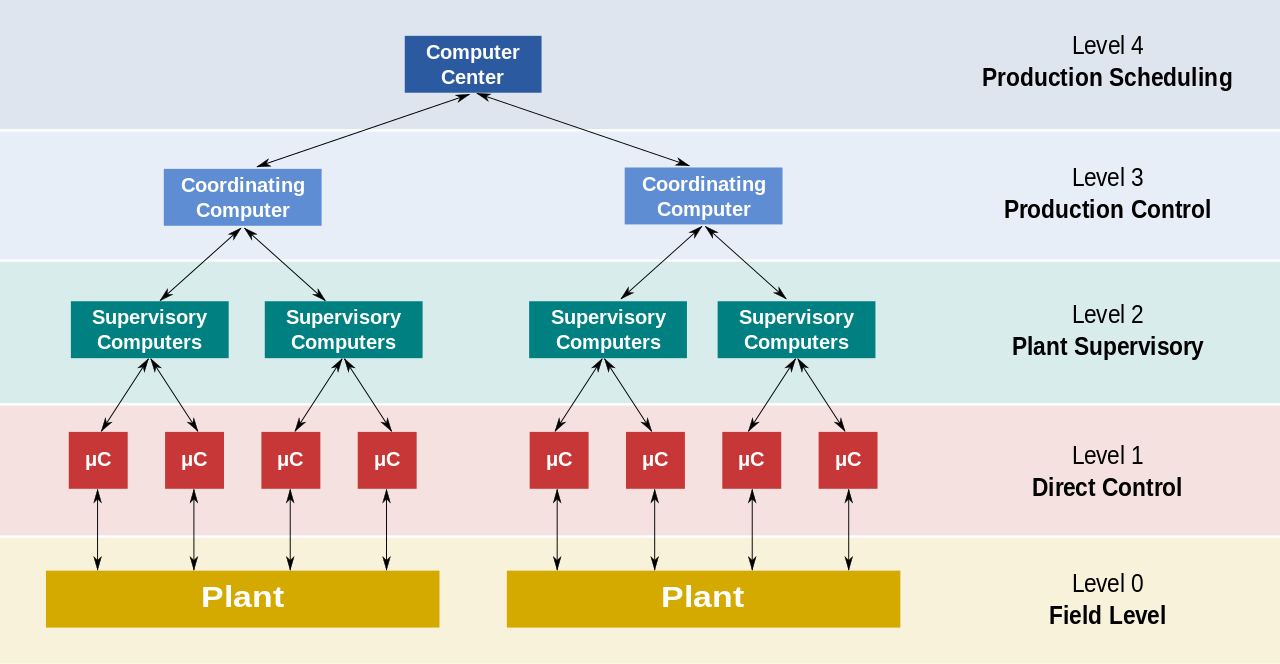
- Wikimedia Commons Image
Non-IT Distributed Control Systems Examples
Through each of theses thorough examples, at the very least zoom in on the key points, which will be bolded and italicized.
Public Utility Examples.:
Electrical power grids and electrical generation plants - The "power grid" of a city or state or nation is the network of wires and relay stations which carry electricity to its destination. And if you stop to think about it, this is an absolutely awesome feat in modern developed cities/nations. There are literally millions and millions of kilometers of wires, which, under normal circumstances, "light" the world. The technology responsible for the generation, distribution, and "book-keeping" of electrical usage charges has become so reliable and invisible that we just take it for granted.
But there is a huge amount of control necessary to manage such a system. And though there will be certain centralized systems within the greater system, much will need to be distributed to individual generating plants, and relay stations etc. And even within those plants/stations themselves, certain control will be distributed further to specific parts and sub-systems. So sophisticated and large a system is this, that it simply isn't possible to have complete centralized control.
Here is a great video showing an ---> electrical grid control center <---- there is an impressive amount of central control from it, but mention is also made of "embedded" parts of the system, and "self-healing" (i.e. autonomous "agents") parts of the system.
Centralized Part: ...... From the video linked above, with a modern facility the more centralized control the better, and so almost all of the system is indeed controlled.
Distributed Part: ......In older systems, more of the control would be local to the individual relay station.
